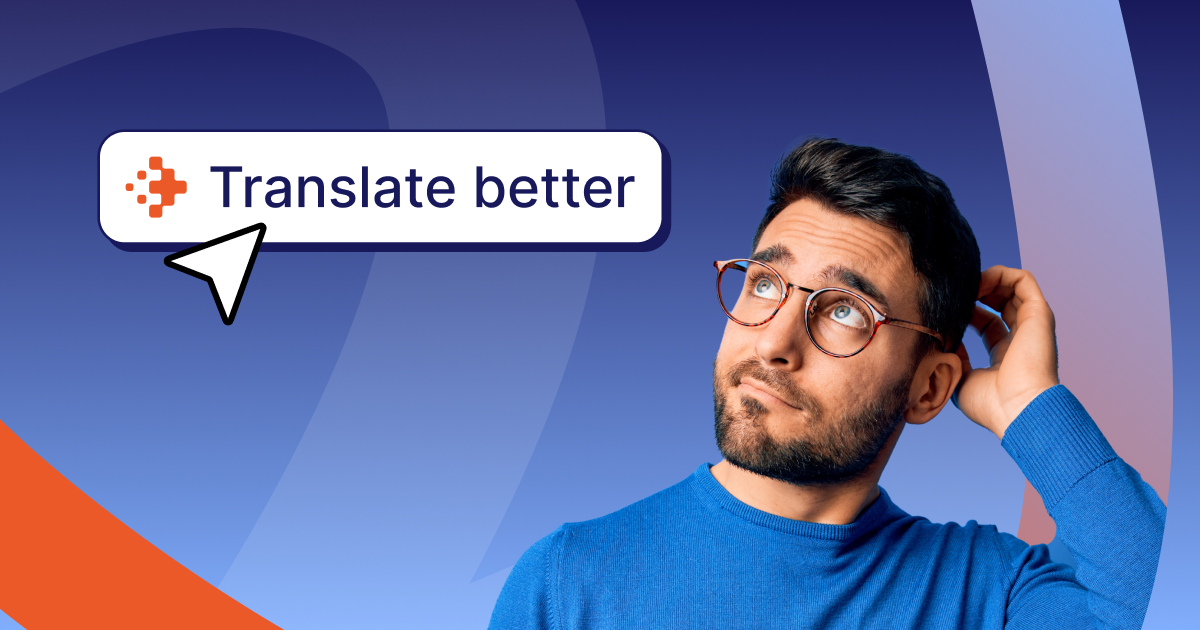Language I/O recently completed multilingual chat integrations in both Oracle Service Cloud and Salesforce Service Cloud.
We all know that in 2016, support organizations need to offer live chat. It meets your customers where they are, it’s instantaneous and it’s personal. But how do global companies manage the strain live chat places on their limited multilingual agents? How do companies new to globalization hire multilingual agents and get them ramped up so they know the company’s product well enough to provide live chat support?
Word on the street is they don’t have to! Language I/O just launched multilingual chat support in two of the largest CRM platforms out there: Oracle Service Cloud and Salesforce Service Cloud. In a nutshell, it enables your English (or monolingual) support agents to provide chat support to customers in any language, right there inside the CRM where they already do their work.
The CMS integration plugs the agents into any number of machine translation engines that provide instantaneous translations for hundreds of language pairs, and which can learn a company’s specific terminology. So if you are in the online travel booking business, our engine will properly translate the phrase “flight leg” to mean “segment of travel” in whatever language the customer engages the agent … instead of translating it into a human body appendage that takes flight!
Oracle Service Cloud
In Oracle Service Cloud, the chat session begins as usual, the agent just clicks over to the Language I/O Chat tab in their Communications Console to see the incoming questions immediately translated into his or her own language. When the agent hits “send” it not only sends his or her response to the customer, it also translates it into the customer’s language. The agent can always see the threads in both languages. The customer only sees threads in his or her own language.

Salesforce Service Cloud
Similarly, in Salesforce the agent accepts a chat request as he or she normally would. In their Live Chat view, a Language I/O window will appear on the right where incoming questions are automatically translated into the agent’s language. The agent’s response is automatically translated back into the customer’s language when the agent hits “translate and send.” The agent can always see the threads in both languages. The customer only sees threads in his or her own language.



